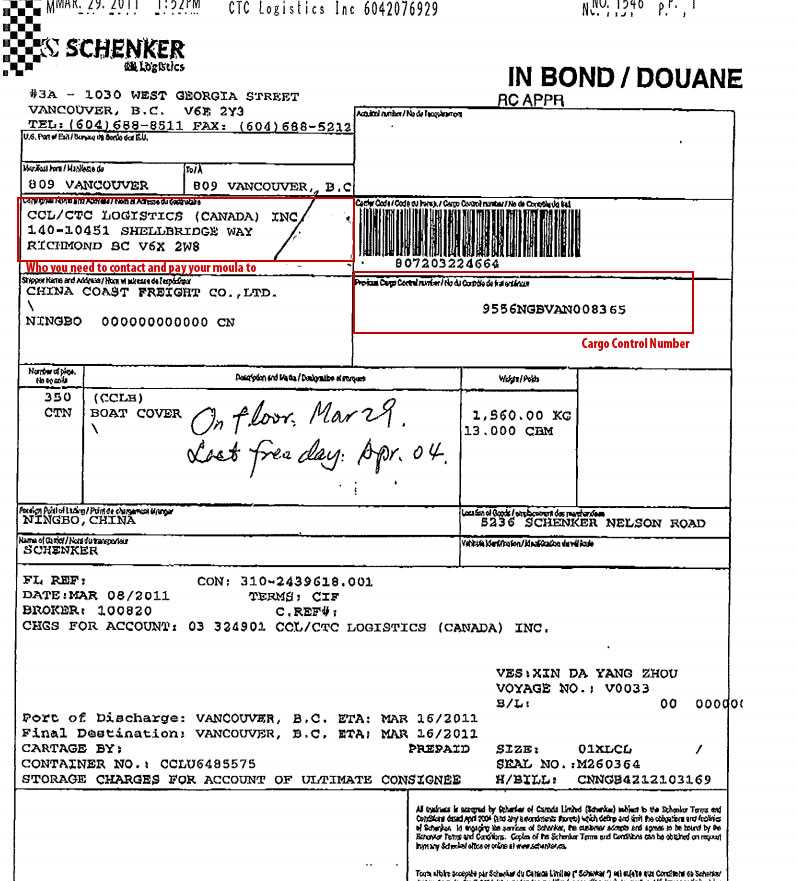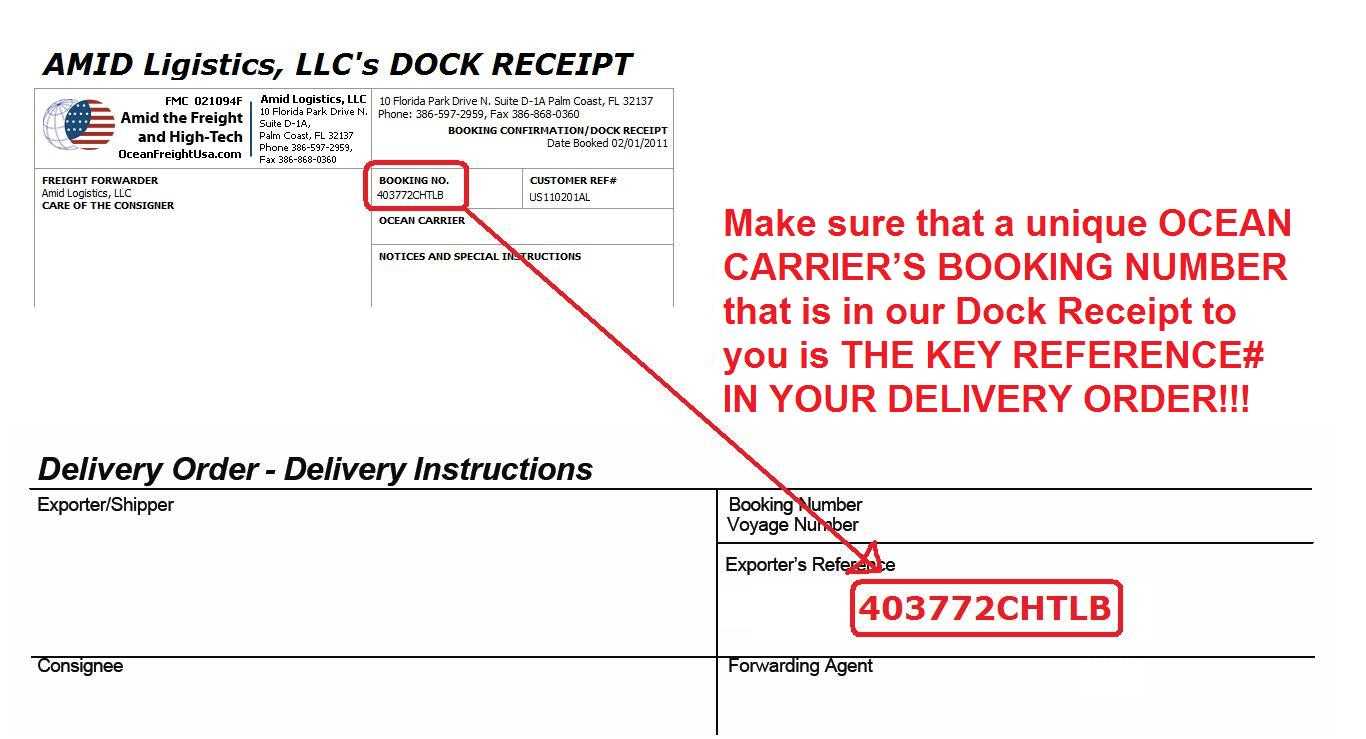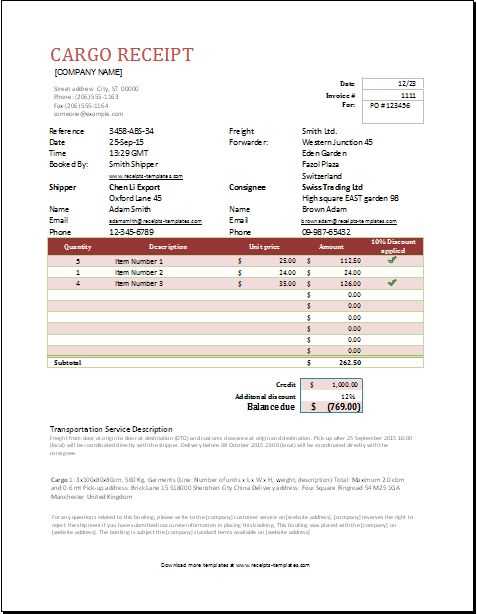
Key Elements to Include

Start with the forwarder’s name and address at the top of the document. Include a clear title like “Cargo Receipt” to avoid any confusion. Then, list the shipper’s name, address, and contact details. Specify the consignee’s information next, outlining the person or entity receiving the cargo.
Cargo Description

Provide a detailed description of the goods. Include weight, dimensions, quantity, and packaging type. A precise description will help to clarify the nature of the goods for both the shipper and consignee. Add details like marks, numbers, and serials if applicable.
Shipment Details
Record the shipment’s mode of transport. Whether by sea, air, road, or rail, include the carrier’s name and the transport number. Mention the departure and destination points with dates for clarity.
Conditions of Receipt

Clearly state the condition of the cargo when received. Use wording like “received in good condition” or note any damages. This can serve as a reference in case of disputes or claims later on. Also, include the temperature, humidity, or any special storage instructions if relevant.
Template Structure

- Header: Forwarder’s name, address, and contact information.
- Shipper’s Details: Include the shipper’s name, address, and contact.
- Consignee’s Details: Provide recipient’s name and delivery address.
- Cargo Information: Detailed cargo description with weight, dimensions, quantity, packaging, and markings.
- Shipment Information: Transport mode, carrier, and shipment tracking number.
- Receipt Condition: State the condition of goods, including any damages.
- Signatures: Have both the forwarder and consignee sign to confirm receipt.
Final Considerations

Double-check all details for accuracy before finalizing the document. Ensure there are no ambiguities that could complicate future processes or cause confusion. Always keep a copy for both the forwarder and consignee, especially for claims and auditing purposes.
Forwarders Cargo Receipt Template: How to Customize a Forwarders Receipt for Different Cargo Types
When creating a forwarders cargo receipt, tailor the document to reflect the specifics of the cargo being transported. For perishable goods, include storage temperature requirements and expiration dates. For hazardous materials, detail safety instructions, classification codes, and any necessary labels. When handling fragile items, specify the type of packaging and handling instructions to avoid damage during transit. Each cargo type may require additional or unique information to comply with regulations and ensure smooth delivery.
Key Elements to Include in a Cargo Receipt for Compliance
A forwarders cargo receipt must contain several key elements to be legally compliant. These include the shipper’s and consignee’s contact information, a description of the cargo, the weight and volume, and the type of transport used. It is also necessary to include the bill of lading number, the point of origin, and the destination. Make sure the receipt clearly states whether the cargo is insured and lists any special handling requirements. Including the relevant regulatory compliance numbers ensures the document meets international shipping standards.
Common Mistakes to Avoid When Creating a Forwarders Receipt
Avoid vague descriptions of the cargo that can lead to misunderstandings or compliance issues. Ensure that all the required details are included, such as shipment value and origin, and avoid omitting information related to hazardous or perishable goods. Double-check that all names, addresses, and contact numbers are accurate. Misleading or incomplete data may delay customs clearance or cause problems in case of a claim. Always verify that the receipt complies with local and international transportation laws to prevent legal challenges.


